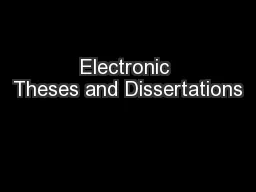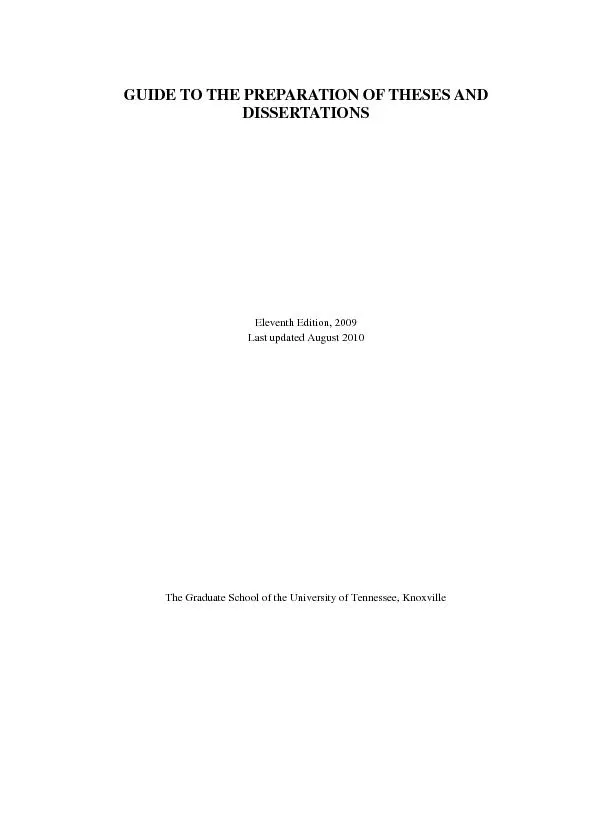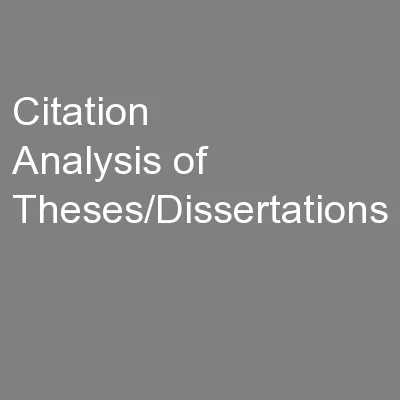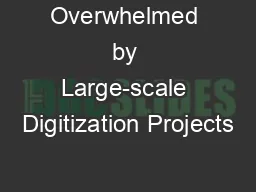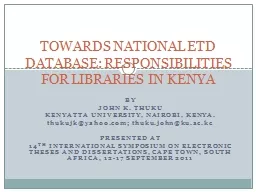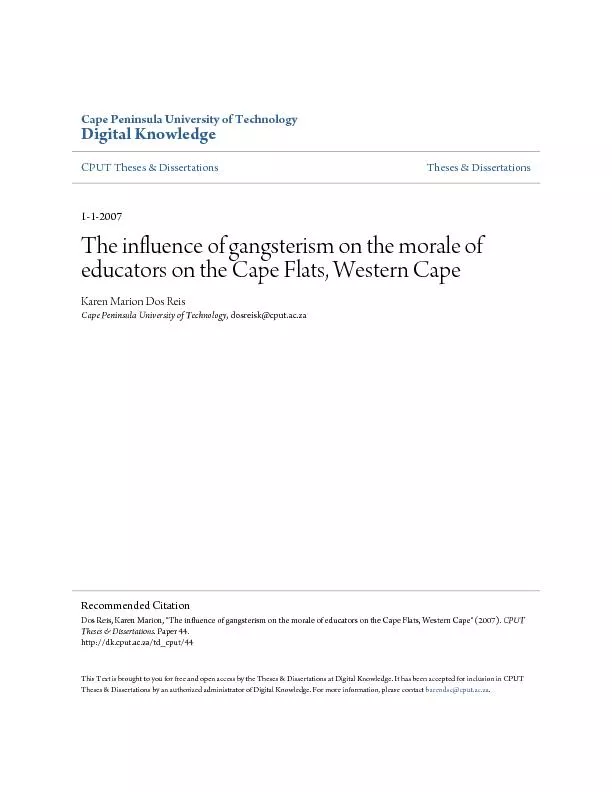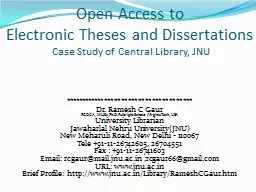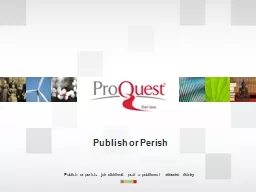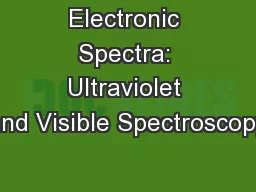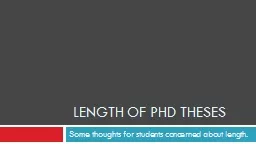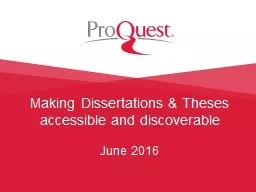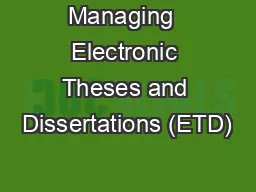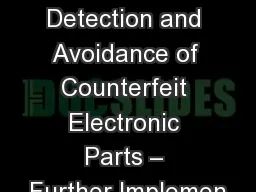PPT-Electronic Theses and Dissertations
Author : celsa-spraggs | Published Date : 2015-09-22
Workshop Dr Belinda Patterson Assistant Dean Jan Lewis Associate Director Academic Library Services Amy Tripp Thesis and Dissertation Editor Benefits of ETDs
Presentation Embed Code
Download Presentation
Download Presentation The PPT/PDF document "Electronic Theses and Dissertations" is the property of its rightful owner. Permission is granted to download and print the materials on this website for personal, non-commercial use only, and to display it on your personal computer provided you do not modify the materials and that you retain all copyright notices contained in the materials. By downloading content from our website, you accept the terms of this agreement.
Electronic Theses and Dissertations: Transcript
Download Rules Of Document
"Electronic Theses and Dissertations"The content belongs to its owner. You may download and print it for personal use, without modification, and keep all copyright notices. By downloading, you agree to these terms.
Related Documents

